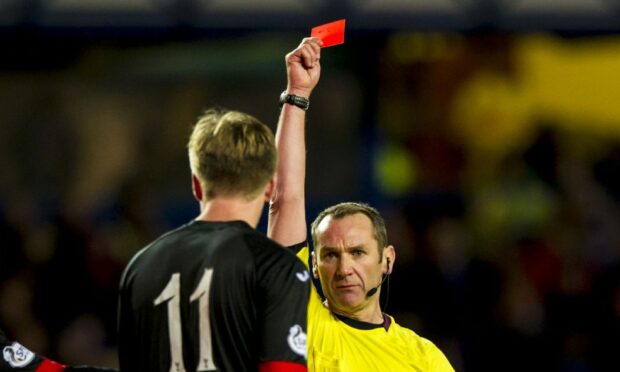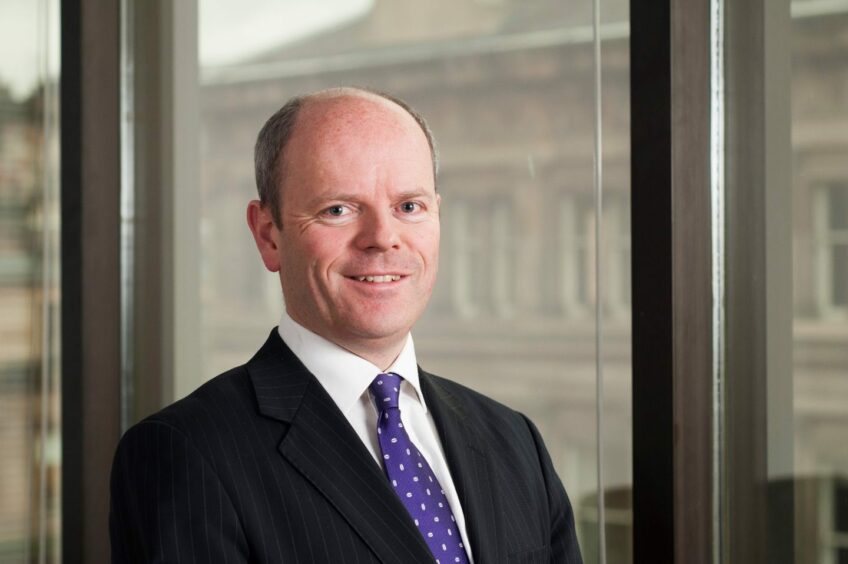Football clubs in Scotland are faring better than their English counterparts in terms of finances – although four in six of those identified as “distressed” are north of the central belt, a new report has found.
Begbies Traynor, a business recovery firm, said the number of clubs in Scotland facing serious financial problems had decreased because they are “keeping a better handle on their finances” and have a “more realistic player payroll” than teams in the English Football League.
According to Begbies’ March 2022 Football Distress Survey, six clubs in Scotland (14%) are showing signs of financial distress, two fewer than October last year.
The data includes Scottish Professional Football League teams, taking in the Scottish Premiership, Scottish Championship, Scottish League One and Scottish League Two.
The firm would not disclose the names of clubs it has identified as being distressed – which it says refers to businesses that have had winding up petitions or decrees totalling more than £5,000 against them, or “significant aspects of concern in their financial reporting”.
However, it confirmed four of the six were north of the central belt.
In the English Football League, the situation was worse – 32 of the 72 clubs (44%) are displaying symptoms of financial difficulties, down from 34 in October 2021 but still double pre-pandemic levels.
Ken Pattullo, who leads Begbies Traynor in Scotland, said SPFL football clubs benefited from wage parsimony relative to their peers in England.
“Scottish clubs don’t have the same temptation to risk it all on high-value players to secure the lucrative and transformative Premier League jackpot, which naturally drives a boom or bust approach to speculating player wages,” he said.
He noted average wages in Scotland were also largely “skewed” by pay at Celtic and Rangers.
Wages ‘out of control’
He said:“The average player wage in the Scottish Premier League (SPL) is under £200,000 and even that is skewed hugely by the two biggest clubs, and by comparison the average Premier League player is earning more than £3m according the PFSA.
“The benefit of Scottish clubs resisting these out of control player wages is that a far smaller proportion of the revenue is committed to this fixed overhead, and that helps any business to weather the hard times.”
He added there was “likely to be a reckoning soon” as player wages in England are rising much faster than the rate at which ordinary supporters’ income is climbing.
He added: “When that threatens the survival of these historic community institutions it’s really the fans that pay the price of relegation and years of on the pitch recovery.”
He said Scottish football clubs were “better placed” to weather a “storm” of rampant inflation which likely hit next season’s gate and season ticket sales as punters are faced with a cost of living crisis.
Scottish football clubs ‘overcoming challenges’
Danny Law, joint sport team leader at the Press and Journal, said: “The last few years have been incredibly challenging for Scottish football clubs.
“At the start of the pandemic there were fears that some Scottish football clubs wouldn’t survive a prolonged period without regular income and with games being played without fans.
“But thanks to government and Scottish FA support, the financial picture is beginning to look brighter now that fans have returned to matches in unrestricted numbers.
“Clubs are able to plan with far more certainty but balancing the books will always be a challenge for Scottish football clubs, especially for those operating outside of the top flight.”













Conversation